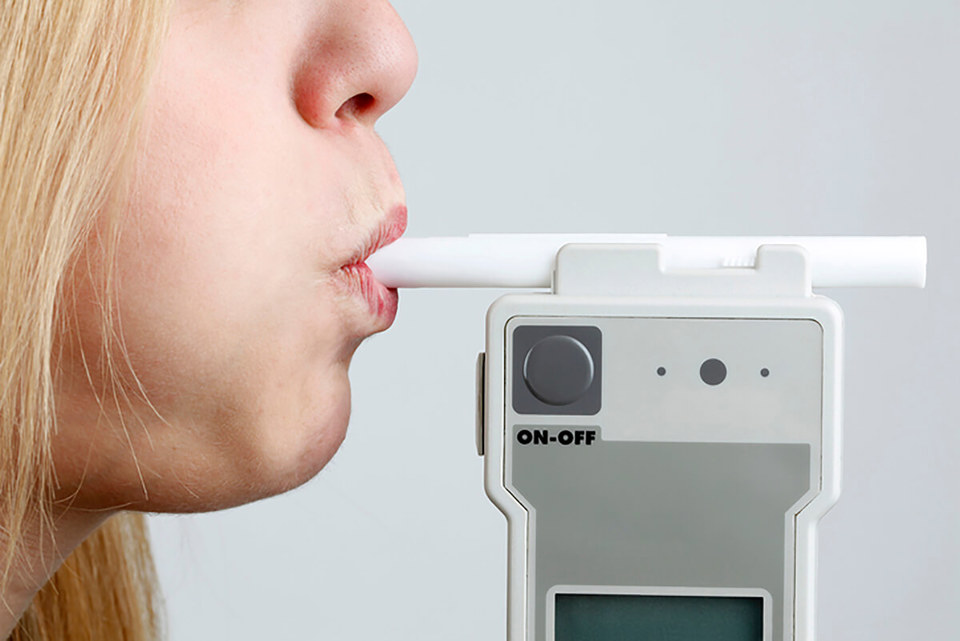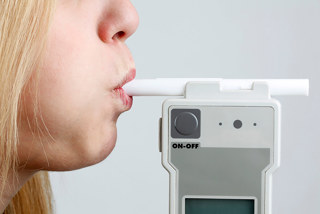Around five million drivers believe they have got behind the wheel while over the limit at least once in the past year, according to research carried out by the RAC.
In total, 16% of the 1,727 motorists questioned by the RAC say they think they have been guilty of drink-driving, either immediately after consuming alcohol or the morning after a late night drinking session.
Meanwhile, 5% of motorists surveyed felt sure they were over the limit shortly after having a drink while 3% think they may have been over.
Worryingly, a larger proportion admit to believing they have driven when over the limit the morning after drinking heavily the night before. Of the 10% who said this, 2% were sure they had done so while 8% think they might have done.
The study also found that men are more likely to risk drink-driving than women, both straight after drinking and the morning after.
Londoners have a greater tendency to drive while over the limit. In the capital, only 74% say they don’t think they have been guilty of this, compared with 84% in the general population and 89% of those who live in rural areas, which is surprising given the better access to public transport provision in the capital and the greater dependence of those in rural areas on their cars to get home after a night out.
As the country is in the midst of the Christmas party season the RAC is highlighting the ‘morning after’ issue in an attempt to get every motorist to make sure they are safe to drive the next day.
RAC road safety spokesman Pete Williams said: “Anyone who has been out celebrating during the festive period should be very mindful of not being over the limit when they go to drive the next day. Anyone who thinks they are likely to have sobered up enough to drive just because they went to bed for a few hours may just be about to ruin someone else’s Christmas as well as their own.
“It is vital that everyone who has been drinking leaves sufficient time for their body to process the alcohol they have consumed. The trouble is everyone metabolises alcohol at different rates so the message has to be to err on the side of caution by leaving extra time before deciding to drive, or better still to use an alternative form of transport such as bus, taxi or train, or get a lift from a friend or colleague.
“If you are having to think whether you are sober enough to drive then the answer is you probably aren’t.
“The dangers of drink-driving are truly horrific and should never be underestimated. Never have the words ‘it’s better to be safe than sorry’ been more appropriate.
“Apart from the obvious dangers of being involved in accidents when drink-driving, police forces will be actively targeting drink-drivers during December so anyone found to be over the limit risks losing their licence as well as a hefty fine.”
Almost a quarter (24%) of motorists surveyed listed drivers under the influence of drink as one of their top-four concerns.
Motorists’ fears about drink-driving appear to be well justified as Government statistics for Britain show there has been little change in the number of casualties from reported road accidents between 2012 and 2016 where one of the drivers or riders involved was impaired by alcohol.
In both years, 143 people lost their lives in such accidents, and very similar numbers did so in the years in between, totalling 702 over the five years.
The research also revealed there is extensive general public support for a UK-wide reduction in the legal blood-alcohol limit to 50 milligrams per 100ml – as enforced in Scotland – or even to 20 milligrams, with six in 10 (59%) British motorists saying they are in favour of 50mg or less becoming law.
As of this year the drink-drive law and the roadside breath test have been in force for 50 years and in that time the legal blood-alcohol limit in England and Wales has not been reduced. While the 80mg (milligrammes) of alcohol per 100ml (millilitres) of blood limit has been in place since a legal maximum was introduced, Scotland took the decision to cut to 50mg in December 2014 and Northern Ireland is in the process of doing the same.
England and Wales are not only lagging behind their neighbours, but are also out of kilter with the rest of Europe where, with few exceptions, 50mg per 100ml is the legal limit, says the RAC.



















Login to comment
Comments
No comments have been made yet.